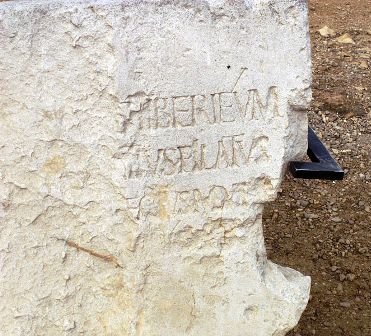Darwin’s Puzzle
John 18:38a
“Pilate saith unto him, What is truth?”
How do you know that what you think you know is really true? Charles Darwin wondered just that, and the answer to his question sheds a lot of light on the origins debate today.

In other words, what Darwin was saying was that if his theory was true, it was the product of a mind not much greater than a monkey’s. And who, including Darwin himself, could trust such a mind? The only way in which human thoughts might be separated far above the animals is if creation is true. Either way, the logical conclusion of Darwin’s puzzle is that creation is true and evolution is untrustworthy!
It is no accident that as the teaching that man came from lower animals has grown, the number of people who act like animals has also grown. Darwin’s own statement seems to show the twisted logic that results from evolution.
Prayer:
Dear Father, I pray that our age – which asks with Pilate, “What is truth?” – may become more open to Your Word, the only truth, as it learns to despair of man’s wisdom. In Jesus’ Name and for His Glory. Amen.
Notes:
Photo: Limestone block discovered in 1961 with Pilate’s tribute in Latin to Tiberius. Courtesy of Marion Doss. Licensed under the Creative Commons Attribution-Share Alike 2.0 Generic license.